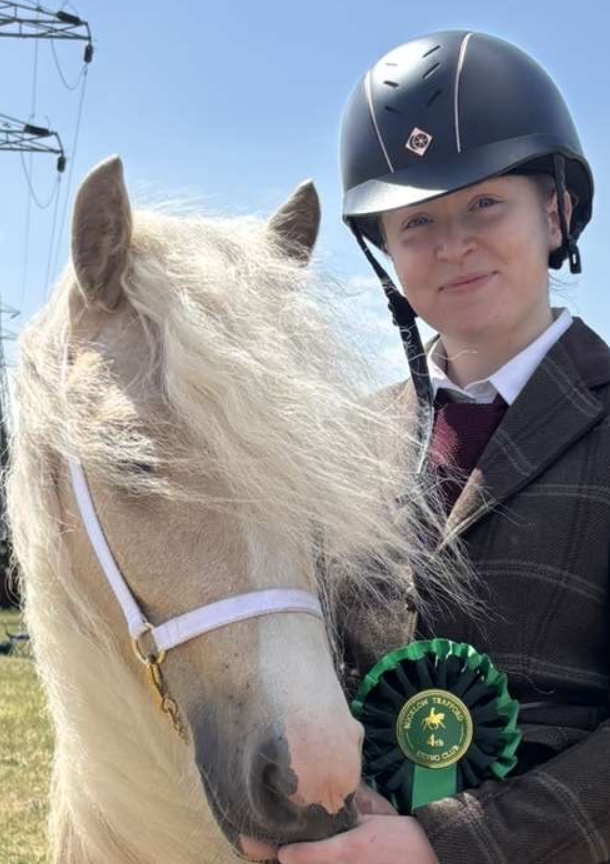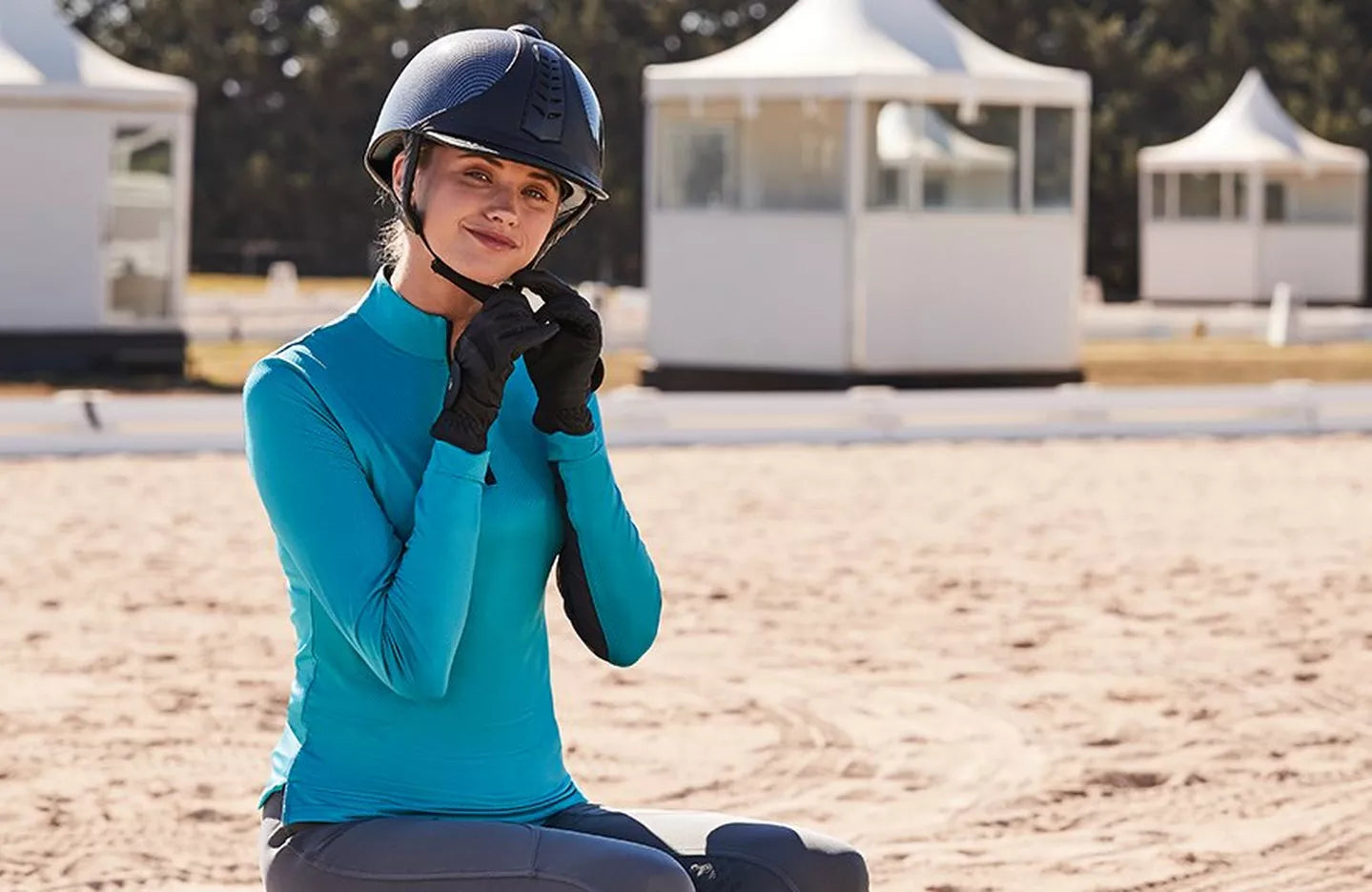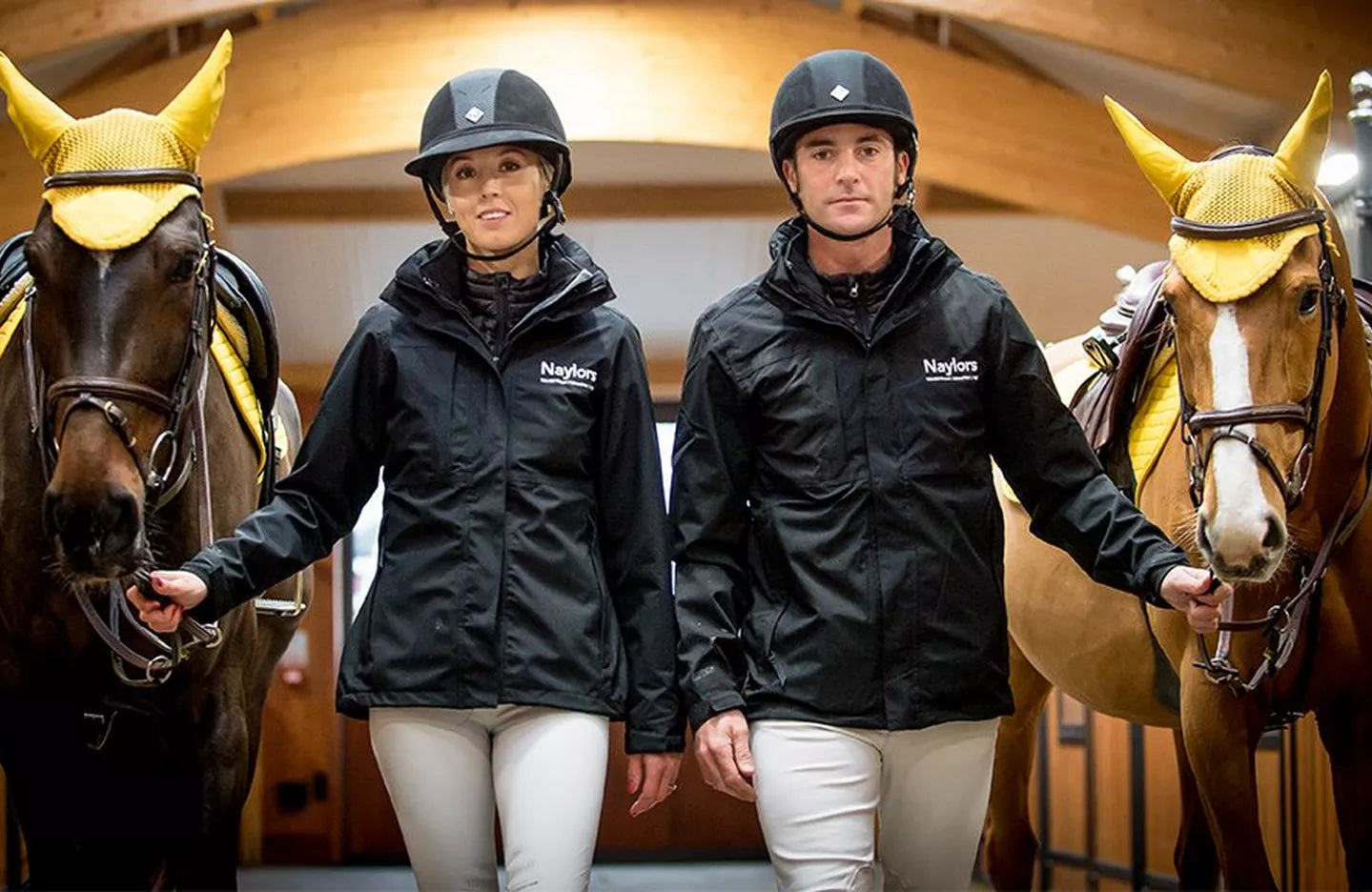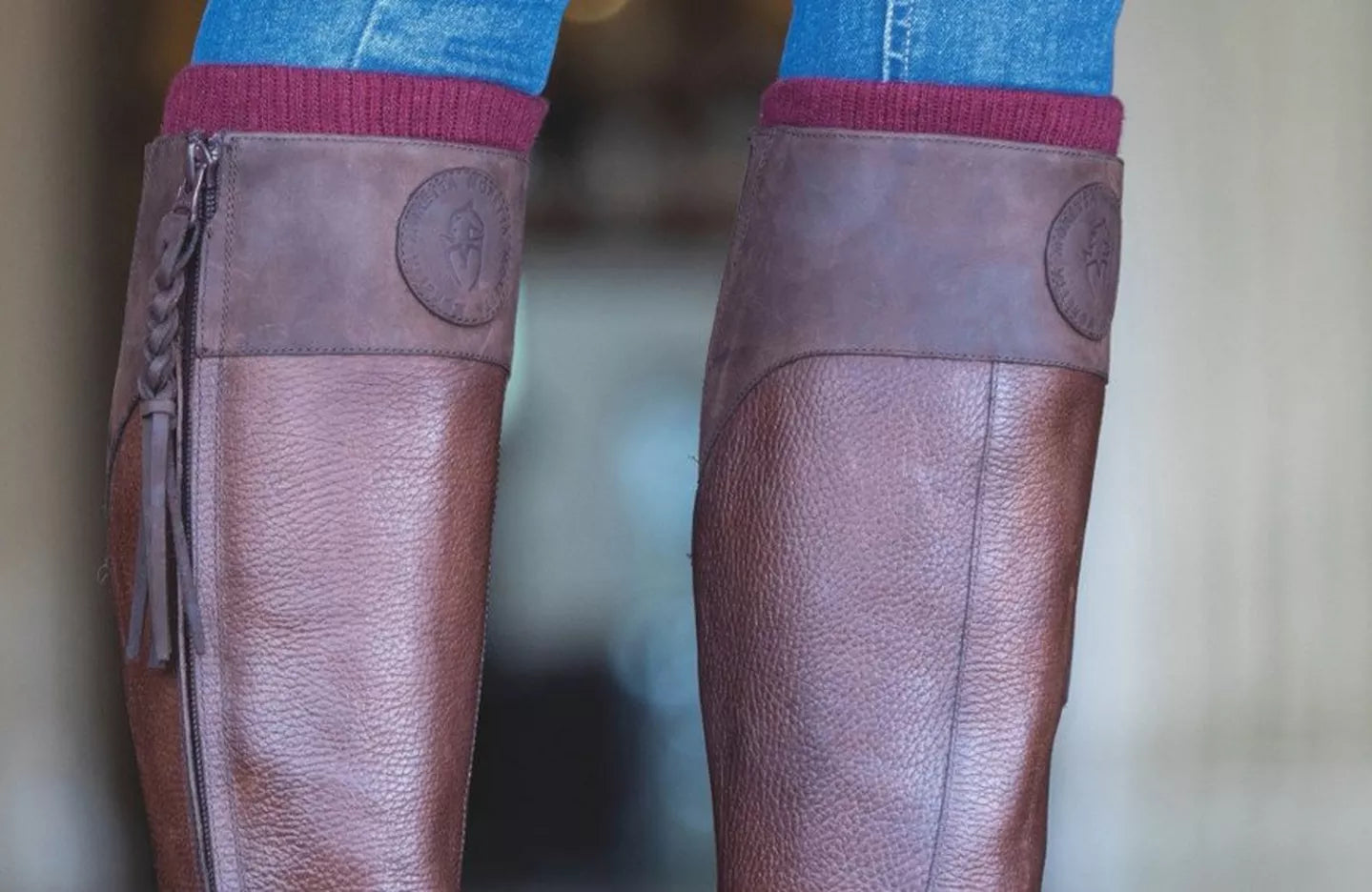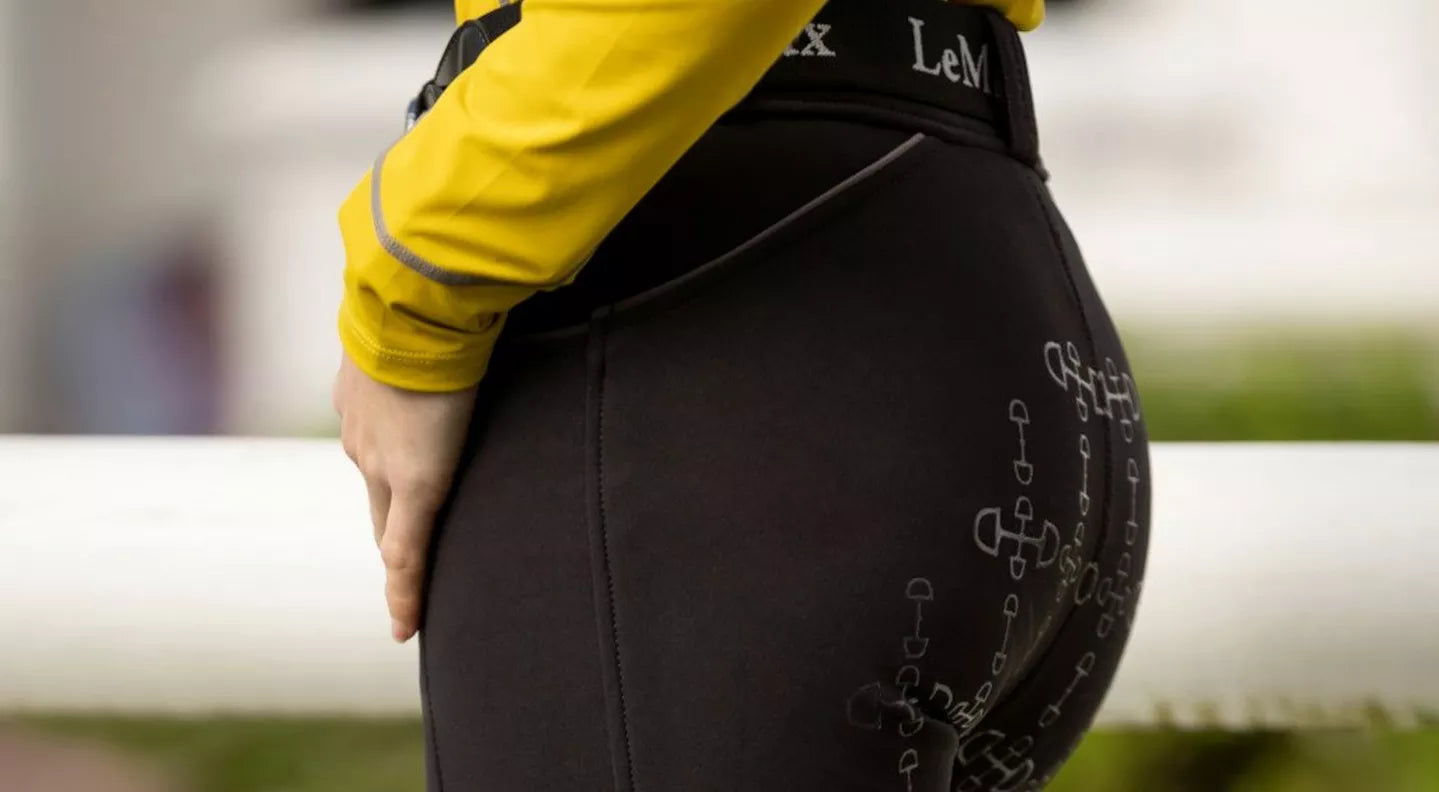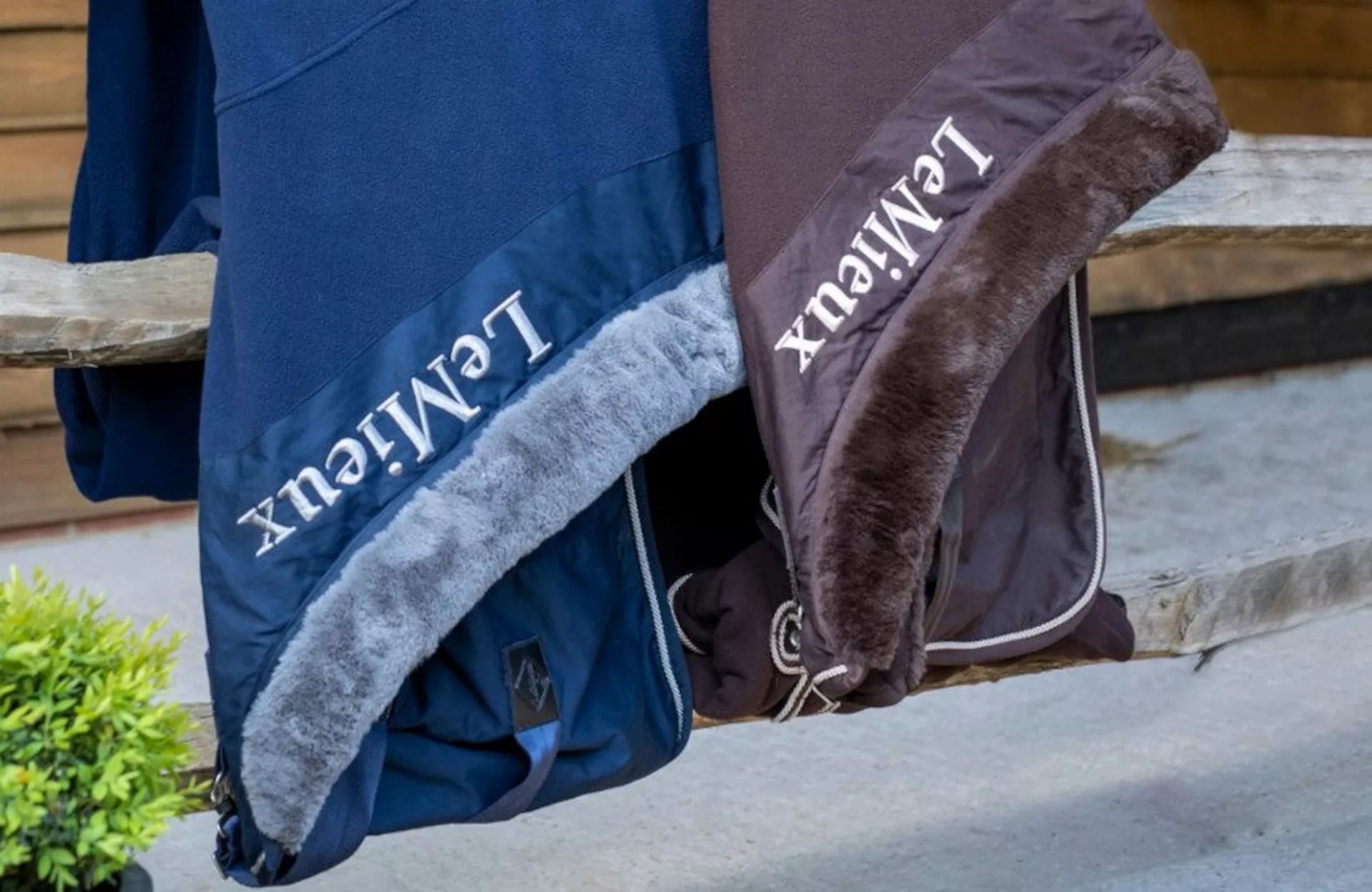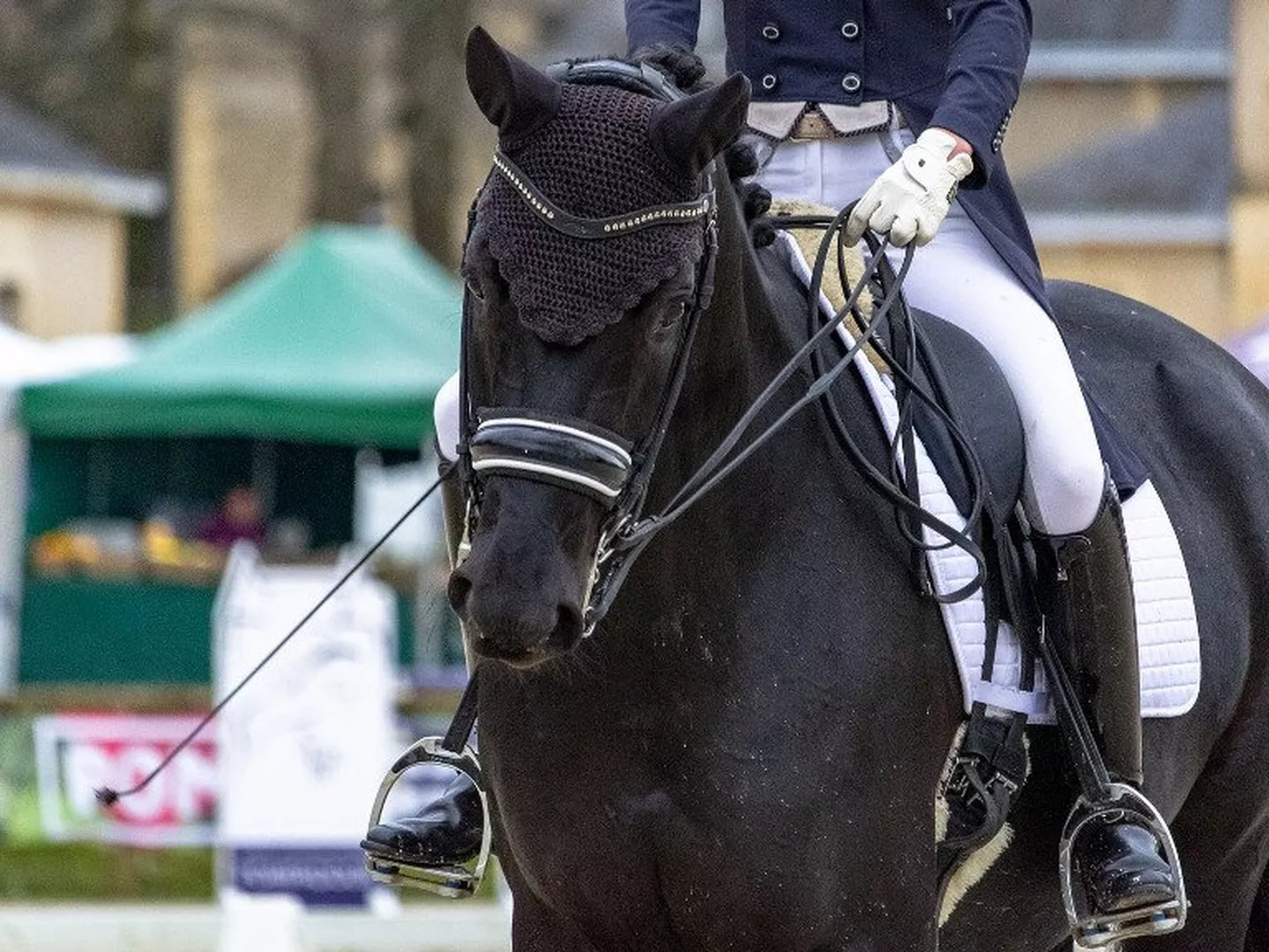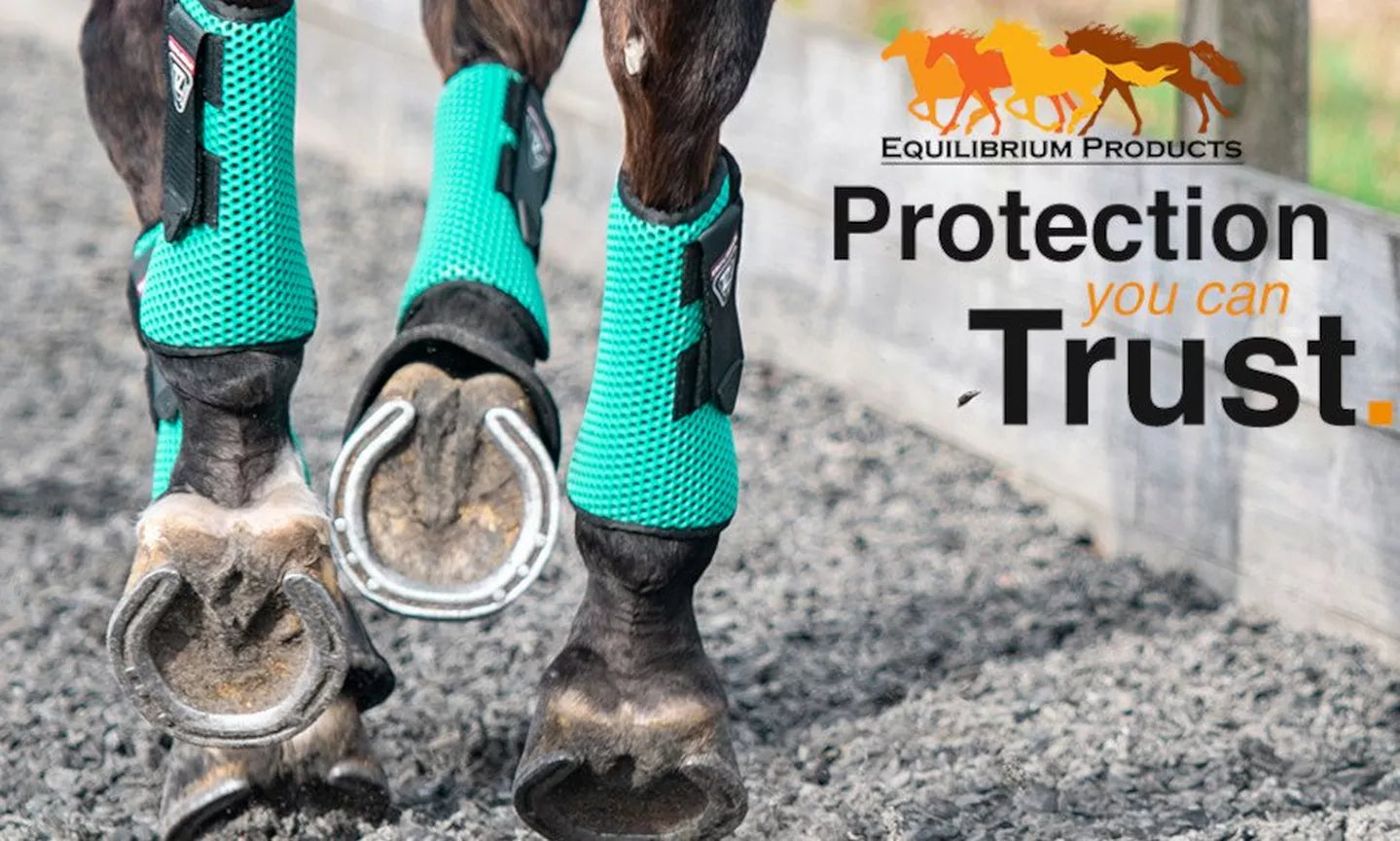Cryotherapy & Hydrotherapy
We all want to avoid costly vet visits and keep our horses performing at their best, but therapy isn't always at the forefront of our mind. Although therapy is defined as 'treatments intended to relieve and heal' they can also be a great form of preventative care.
We’ve all been advised to cold hose our horse’s legs. This is particularly common practice following strenuous exercise or a knock in the field. The question is, do you know why? Cold hosing is just one example of how we can combine cryotherapy and hydrotherapy. These are potentially the simplest and most effective forms of therapy. Luckily for us, they can also be extremely cost effective.
Cryotherapy
Cryotherapy, also known as cold therapy is defined as ‘the use of extreme cold during medical treatments'. This form of therapy works by decreasing blood flow to the target area. This helps to reduce inflammation and swelling.
Hydrotherapy
Formerly known as hydropathy, hydrotherapy is defined as ‘using water for the treatment of medical conditions’. Water can be used to wash away dirt and debris from lesions. This helps to reduce the risk of infection. It can also be used to cool and massage the treatment area.
The Science
The application of cold water to living tissues results in three main effects; analgesia, hypometabolism and vascular response. Although this sounds complicated it’s not as bad as you might think.
Analgesia
Analgesia is essentially the reduction or eradication of pain. Cold water can potentially decrease nerve conduction velocity. This is a complicated way of saying that it can slow down electrical impulses. Electrical impulses are signals that travel from the site of the injury to the horse's central nervous system. These tell the horse that they’re in pain.
Hypometabolism
During cryotherapy cold water reduces the metabolic rate of the targeted cells. Basically, the cold decreases the amount of oxygen and glucose that the cells need to survive. This can sometimes help to prevent the effects of oxygen deprivation, known as hypoxic damage.
Vascular Response - Vasoconstriction
Vasoconstriction is a fancy way of saying narrowing of the blood vessels. This occurs when the smooth muscle cells that line the walls of blood vessels tighten. When the blood vessels are narrower less blood passes through them. This process can in some cases help to reduce excess bleeding and oedema.
What Happens? The Natural Process
When a horse injures themselves the natural healing process commences. Damaged cells release a fluid made up of enzymes and proteins. This fluid provides protective cushioning to the injured area and attracts lymphocytes. Also known as white blood cells lymphocytes fight infection. This process also triggers the secretion of prostaglandins. These are the hormones responsible for pain. During this process extra fluid also known as oedema can build up. If this happens it can become difficult for healthy cells to get oxygen from the blood, leading to hypoxia. Hypoxia can cause the previously undamaged cells around the injury to die. The lack of oxygen in the area can also result in a longer healing process.
What Happens? Using Cryotherapy
If your horse injures himself apply cold water to the area as quickly as possible. The application of cold water can cause the muscle cells lining the blood vessels to constrict. This makes the blood vessels less permeable, potentially limiting the build-up of enzymes and proteins. This sometimes prevents additional oedema, helping to ensure that the healthy surrounding tissue receives an adequate supply of oxygen. Additionally, cold water can help to decrease pressure caused by swelling and slow down the electrical impulses to the brain that signal pain.
When To Use
Cryotherapy is most effective within 36 hours of an injury or strenuous activity occurring. Cryotherapy is a great way to tackle injuries, which are related to tendons or ligaments. Examples of when it can be used include after kicks or bites, tendon injuries, splints or heavy road work. A good rule of thumb is to check the site of the injury or strain for heat. If the area is swollen, painful to touch and abnormally warm then cold therapy may be an appropriate treatment option.
When Not To Use
Cryotherapy should not be used if your horse is suffering from muscular soreness. If the strained area is muscular and has no abnormal heat or swelling the application of cold may cause more harm than good. In some respects, your horse's body is just like yours. If your horse's muscles are aching or tight they can be better treated using heat. Thermotherapy encourages vasodilation. Vasodilation is the widening of the blood vessels. This allows more oxygen rich blood to get to the muscles, aiding recovery.
In some cases, thermotherapy can be applied to older tendon and ligament injuries. It is only appropriate to use thermotherapy once any swelling, soreness and heat has subsided. Once the initial swelling response has been stemmed using cryotherapy the remaining stages of the healing process can be encouraged using heat.
Therapy at Home
If you think your horse could benefit from cryotherapy or hydrotherapy or thermotherapy please consult your vet. If you decide to try it here are some of our top therapy products to help you get started.
£0.00
The LeMieux ProCool Cold Water Boots are great for use after strenuous work or during recovery from an injury. They contain absorbent water reactive crystals, which when soaked help to lower the temperature of the horses lower limb.
Shop now£0.00
When used for cryotherapy arma Hot/Cold relief boots boots can help to aid recovery after strenuous work, reduce swelling, limit internal bleeding, prevent inflammation and combat heat.
When used hot the relief boots can help to improve the circulation of blood in the horse's lower leg. This can help to speed up the healing process.
Shop now£0.00
Horseware Ice-Vibe Boots are dual action therapy boots, providing both a cooling effect and a massage effect. Ice packs in the boots cool the treatment area potentially reducing swelling while the vibrations encourage increased blood flow to the tendons and ligaments, which may aid the healing process.
Shop nowHere's a bit more information about how you can use them day to day.
Over To You
Have you ever used these therapy methods on your horse? We'd love to hear all about your experiences. If not, we hope this blog has inspired you to try them! Please contact your vet if you're unsure about the suitability of these therapy techniques for your horse. If you have any further questions please leave us a comment or give our customer service team a call.

